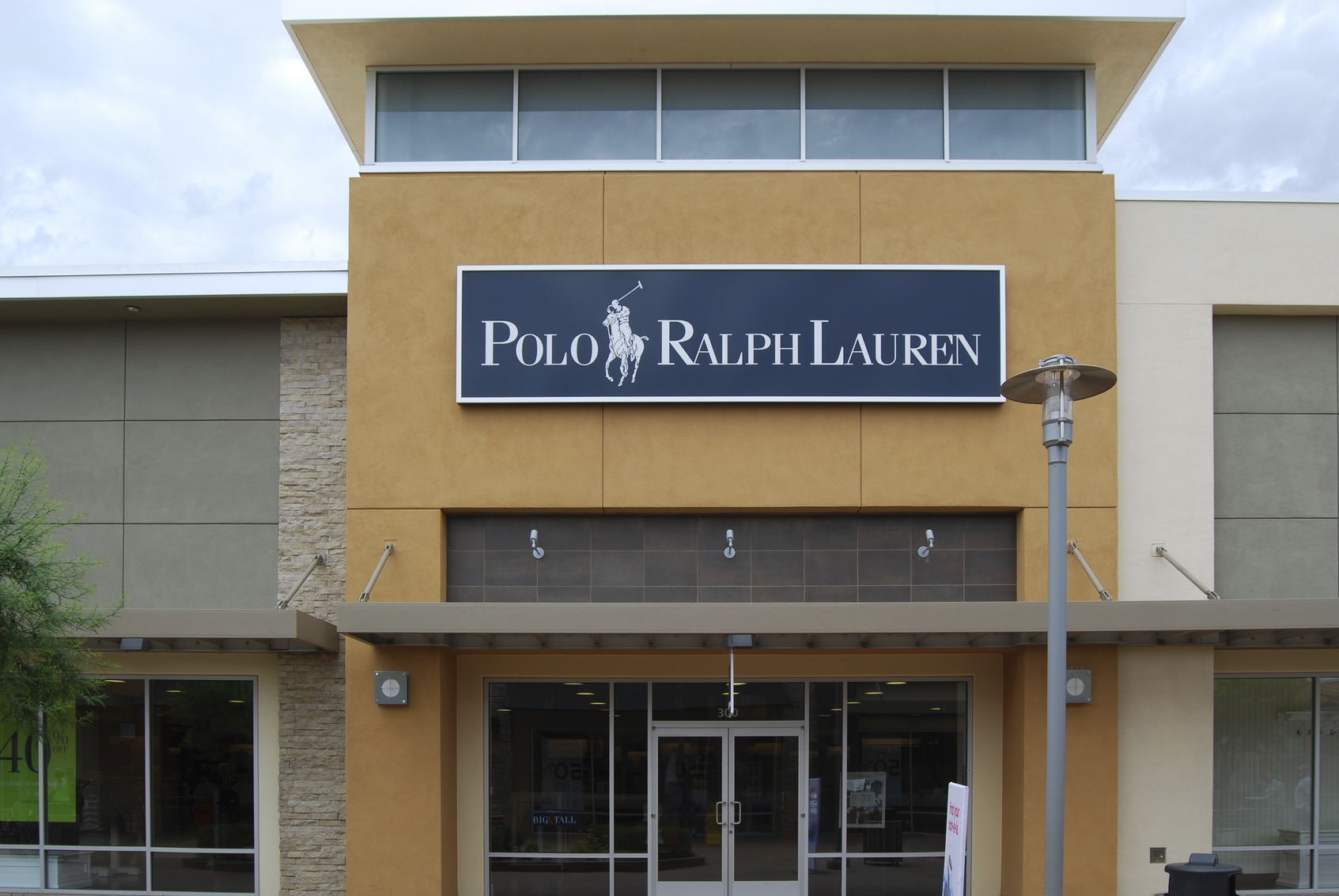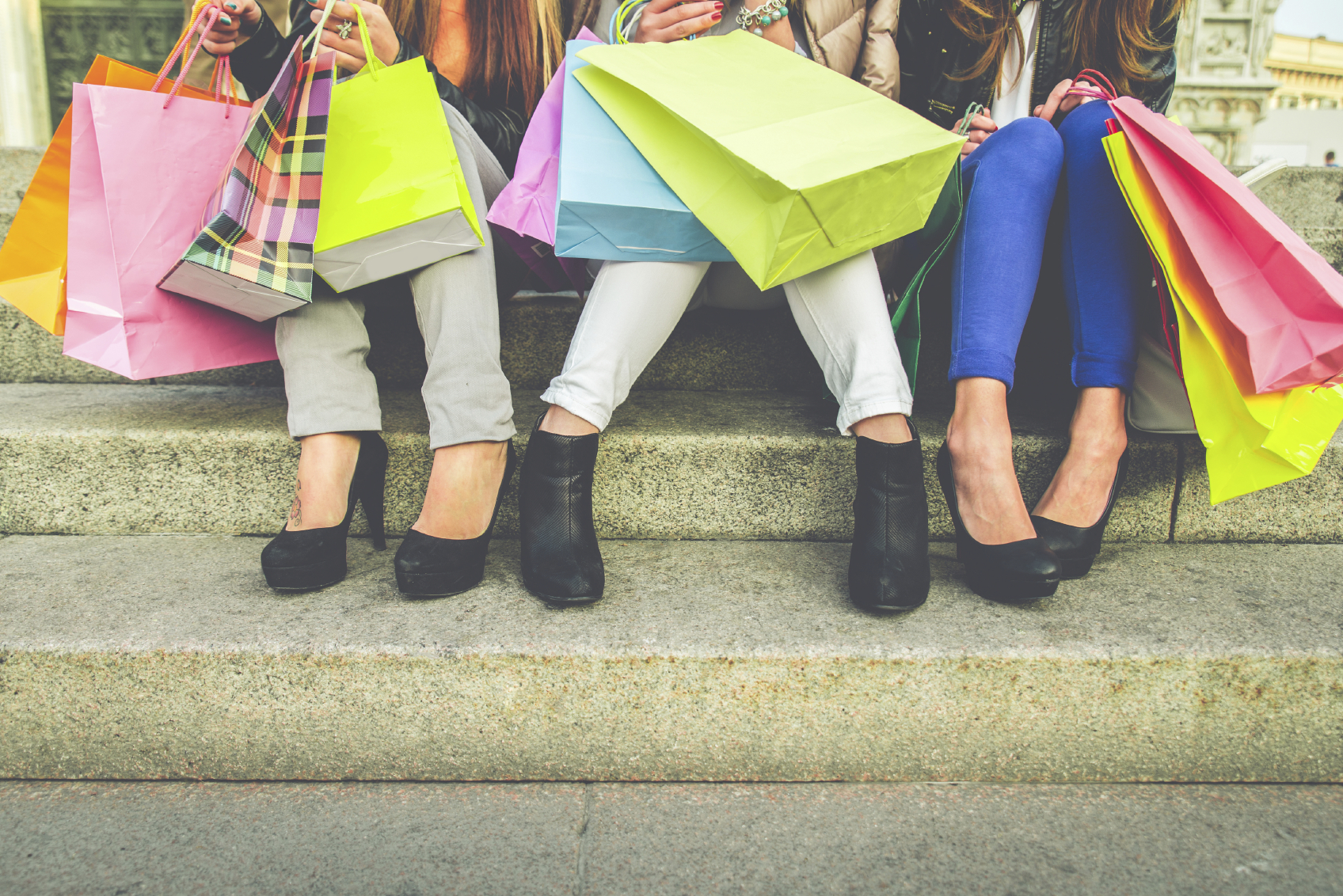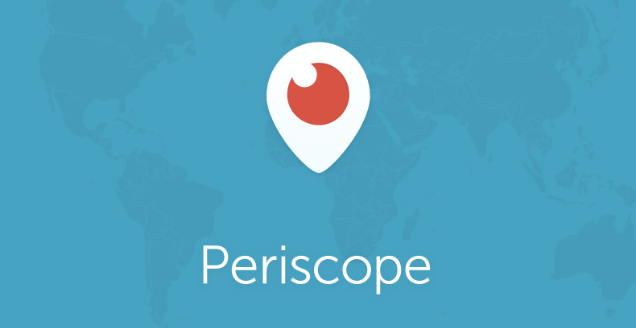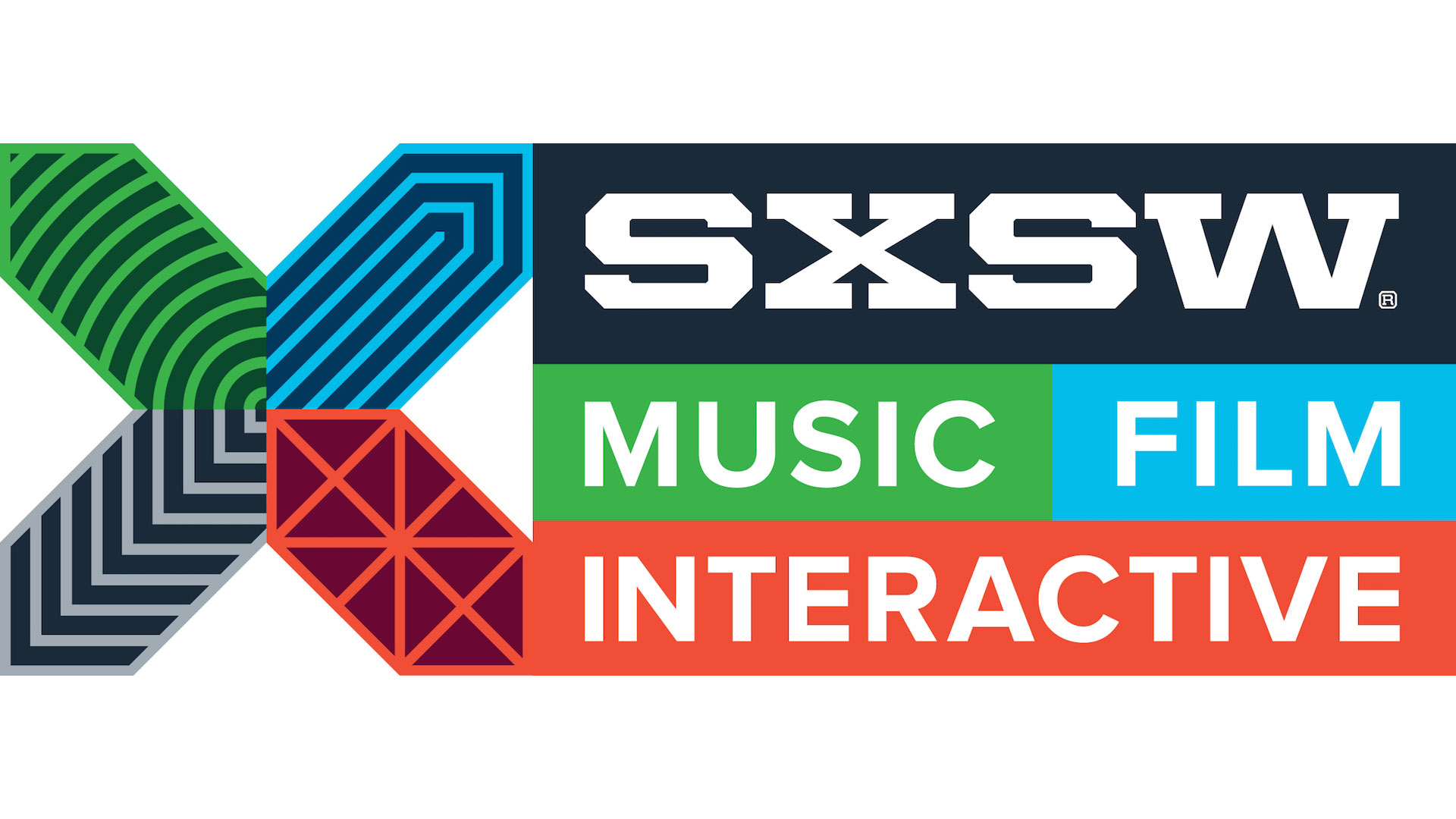What Happened
Fabric softener brand Snuggle found a lovely way to generate branded content that people want to share – by lending the voice of its mascot Snuggle Bear to people looking to create their own Valentine’s Day video. The company launched a dedicated website that allows people to generate a customized serenading video by select a classic love song and uploading up to four photos of the recipient. The site will then generate a short video with the Snuggle Bear singing the song and the uploaded photos displayed throughout the video. Since the launch of the campaign on Jan. 21, over 50,000 customized videos have been created and the effort has reached an estimated audience of over 140 million.
What Brands Need To Do
A recent study from Marvck shows that user-generated content drives nearly seven times higher engagement than video ads on Facebook. And this new campaign from Snuggle serves as a good example of how crucial it is for brands to inject some customizable options into their branded content to make it more appealing and engaging to consumers. With more and more companies start to explore the vast potential of machine learning and AI-powered solutions, including the capability of transforming customer data into insights for personalization, it is time for brand marketers to start thinking about new ways to engage digital audiences with customizable, dynamic branded content.
Source: Marketing Dive
Header image courtesy of Snuggle’s YouTube video










